Respondents completing paper survey
Survey of Coal Mine Safety Interventions
Appendix B Questionnaire
Respondents completing paper survey
OMB: 0920-0862
 Form
Approved
Form
Approved
OMB No. 0920-XXXX
Exp. Date XX/XX/XXXX
Centers for Disease Control and Prevention
National Institute for Occupational Safety and Health
Pittsburgh Research Laboratory
P.O. Box 18070
Pittsburgh, Pennsylvania 15236
Public reporting burden of this collection of information is estimated to average 30 minutes per response, including the time for reviewing instructions, searching
existing data sources, gathering and maintaining the data needed, and completing and reviewing the collection of information. An agency may not conduct or
sponsor, and a person is not required to respond to a collection of information unless it displays a currently valid OMB control number. Send comments regarding
this burden estimate or any other aspect of this collection of information, including suggestions for reducing this burden to CDC/ATSDR Reports Clearance Officer;
1600 Clifton Road NE, MS D-74, Atlanta, Georgia 30333; ATTN: PRA (xxxx-xxxx).
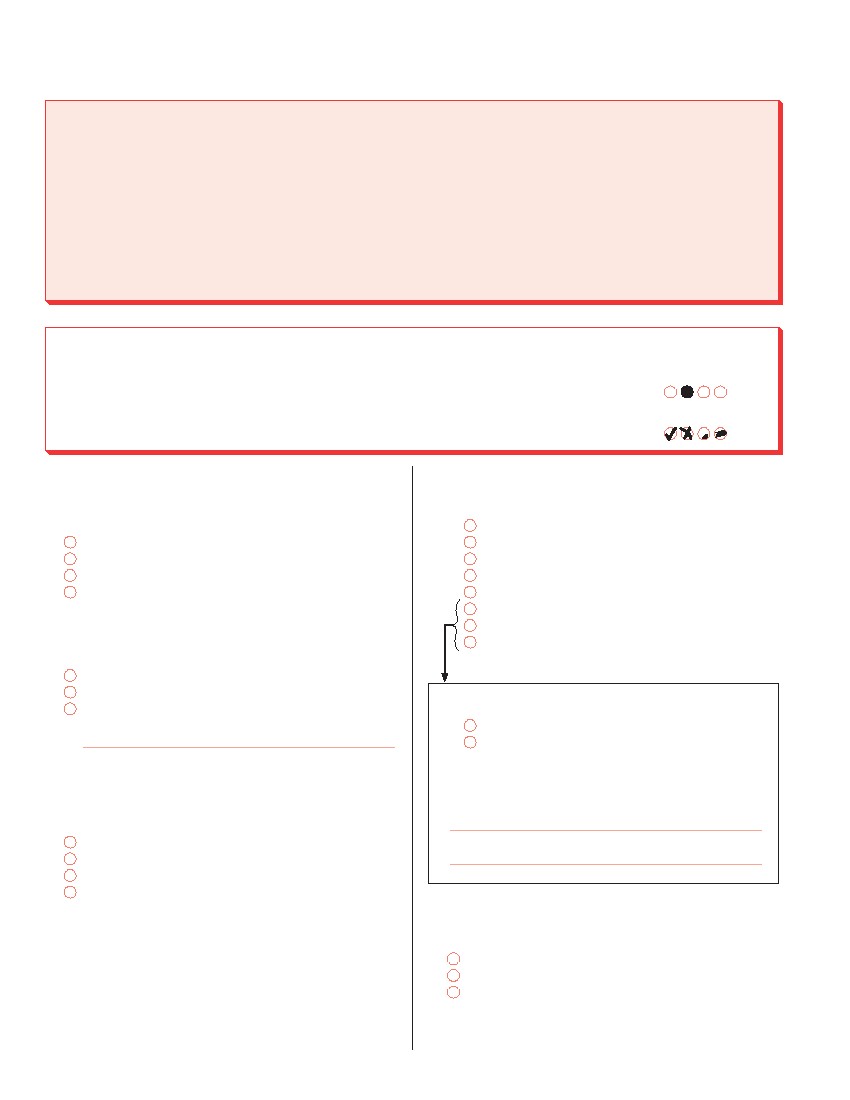 NATIONAL
INSTITUTE FOR
OCCUPATIONAL
SAFETY AND
HEALTH
(NIOSH)
NATIONAL
INSTITUTE FOR
OCCUPATIONAL
SAFETY AND
HEALTH
(NIOSH)
SURVEY OF MINE SAFETY INTERVENTIONS
Thank you for taking the time to complete the Survey of Mine Safety Interventions. This survey is designed to
evaluate the mining industry’s use and awareness of several safety and health interventions developed by the
NIOSH Mining Program. Results will be used to enhance the effectiveness and adoption of these and other tools
to improve the safety and health of those working in underground coal mines. The survey should be completed
only by the Mine Manager or the person responsible for the overall safety and health of workers at the mine
(e.g., Safety Director).
NOTICE: This survey is anonymous and participation is voluntary, not a regulatory requirement. NIOSH plans to
publish all statistical data and results in aggregate form only, and will not release information that allows the
identification of individual mines or employees unless compelled by law.
MARKING INSTRUCTIONS
• Use pencil or pen. Make heavy dark marks that fill the circles completely. If you wish to change
an answer, erase cleanly (pencil), or put an “X” over the incorrect response (pen).
• Fill in one answer circle for each question unless it tells you to “mark all that apply”.
• When you are finished, please place the survey in the enclosed self-addressed postage-paid
envelope, seal, and return to the survey contractor, ICF International.
Correct Mark
Incorrect Marks
1. How many persons at your mine are employed
exclusively in jobs that involve monitoring mine
safety?
0
1-2
3-4
5 or more
4. What is the highest education or degree you
have completed?
Less than high school
Some high school, but no diploma or GED
High school diploma or equivalency (i.e., GED)
Technical certificate or non-degree program
Some college, but no degree
Associate’s degree (e.g., A.A., A.S.)
Bachelor’s degree (e.g., B.A., B.S.)
Graduate or professional degree
(e.g., M.A., Ph.D., M.D.)
4a. Are any of your degrees in mining?
Yes
No
4b. If yes, please specify which one(s) below:
2. What is your current position at the mine?
Mine Manager
Safety Director (or similar title)
Other (please specify below):
3. How long have you been in your current job at
this mine?
Less than 1 year
1-3 years
More than 3 years, but less than 10
10 years or more
5. On your job, do you have access to a computer
with an internet connection?
Yes, a dial-up connection
Yes, a cable modem/DSL connection
No
-1-
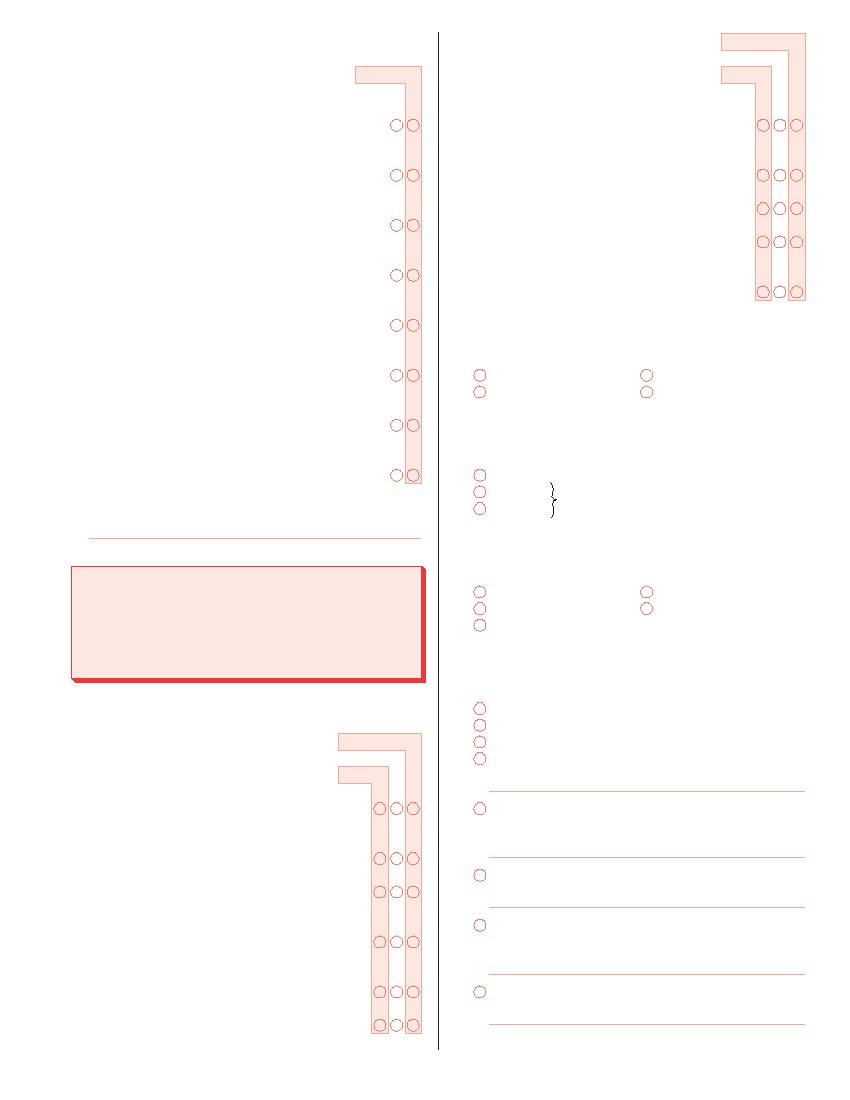 6.
Please indicate if you have done any of the
6.
Please indicate if you have done any of the
following in the past 12 months:
No
Yes
7. (Continued)
Low
Medium
High
Attended a mine industry trade show or event . .
Attended a technical conference or meeting
where mine safety issues were discussed . . . . . .
Attended a workshop or seminar sponsored
by NIOSH . . . . . . . . . . . . . . . . . . . . . . . . . . . . . . . . . . .
Used the Internet to read or download
information/tools related to mine safety . . . . . . . . .
Conducted a workshop or training on safety
issues with mine employees . . . . . . . . . . . . . . . . . . .
Developed or revised an emergency response
plan for your mine . . . . . . . . . . . . . . . . . . . . . . . . . . . .
Participated in a mine emergency
preparedness exercise . . . . . . . . . . . . . . . . . . . . . . . .
Read an article about mine safety in a journal
or trade publication . . . . . . . . . . . . . . . . . . . . . . . . . . .
G. Best placement of mining machinery to
reduce amount of dust generated . . . . . . . . .
H. Proper positioning of mine workers to
limit dust exposure . . . . . . . . . . . . . . . . . . . . . .
I. Roof bolter dust control . . . . . . . . . . . . . . . . . .
J. Use of gob curtains . . . . . . . . . . . . . . . . . . . . .
K. Controlling dust from longwalls
(e.g., using shear-clearer) . . . . . . . . . . . . . . . .
8. Overall, how much of a problem has respirable dust
control been for your mine in the past 2 years?
Serious problem
Moderate problem
Slight problem
No problem
9. Do you or your mine have a copy of the Handbook
for Dust Control in Mining (the Handbook)?
Yes
No
Not sure
(If yes, please specify publication below):
If no or not sure, skip to question 13
10. How familiar are you with the contents of the
Handbook?
Handbook for Dust Control in Mining
The questions in this section deal with dust control
issues and the 2003 NIOSH publication Handbook
for Dust Control in Mining (the Handbook), which
focuses on controlling respirable coal dust.
Very familiar
Moderately familiar
Not very familiar
Not familiar at all
Not sure
11. How did you learn about the Handbook?
(Mark all that apply.)
Word of mouth (e.g., from a colleague or coworker)
Received in the mail
NIOSH website
Other website (Please specify below):
7. Please rate your mine’s level of expertise in the
following areas of dust control.
Low
Medium
High
A. Identifying sources of dust . . . . . . . . . . . . . . .
B. General ventilation techniques
(e.g., dilution, displacement) . . . . . . . . . . . . .
Professional conference or meeting
(Please specify below):
Print or electronic newsletter (Please specify below):
C. Keeping brattice curtain within 10 ft. of face .
D. Use of water sprays (e.g., sprayer
positioning, water pressure rates) . . . . . . . .
E. Use of scrubbers on or near mine
equipment (e.g., filter sizes, types) . . . . . . . .
F. Use of auxiliary fans . . . . . . . . . . . . . . . . . . . .
Journal article or association publication
(Please specify below):
Other source (Please specify below):
-2-
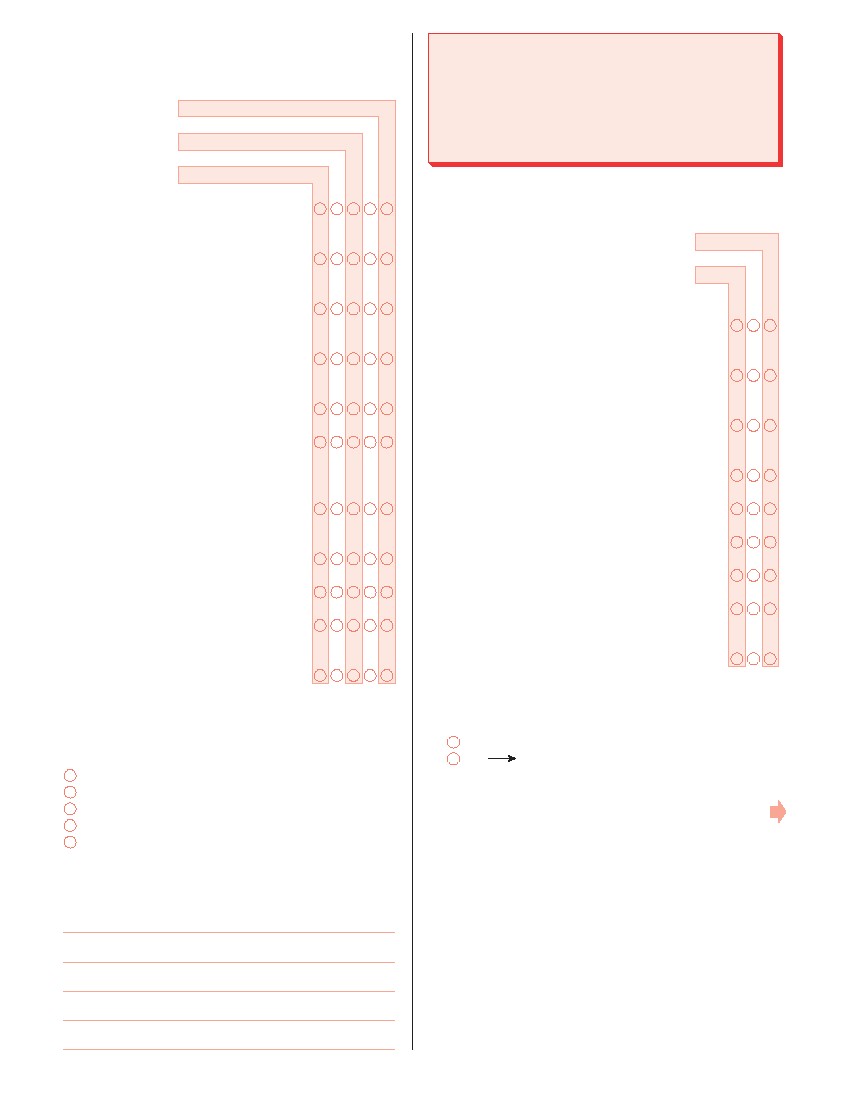 12.
Please rate how useful the information provided in
12.
Please rate how useful the information provided in
the Handbook was in helping your mine address
dust control in each of the following areas.
Have not used Handbook in this area
Not useful at all
Not very useful
Moderately useful
Very useful
Mine Emergency Response Interactive
Training Simulation (MERITS)
The questions in this section deal with handling mine
emergencies and with MERITS, a mine emergency
simulation exercise software program developed by
NIOSH.
A. Identifying sources of dust . . . . . . . . . .
B. General ventilation techniques
(e.g., dilution, displacement) . . . . . . . .
C. Keeping brattice curtain within 10 ft.
of face . . . . . . . . . . . . . . . . . . . . . . . . . . . .
D. Use of water sprays (e.g., sprayer
positioning, water pressure rates) . . .
E. Use of scrubbers on or near mine
equipment (e.g., filter sizes, types) . . .
F. Use of auxiliary fans . . . . . . . . . . . . . . . .
G. Best placement of mining
machinery to reduce amount of
dust generated . . . . . . . . . . . . . . . . . . . .
H. Proper positioning of mine workers
to limit dust exposure . . . . . . . . . . . . . . .
I. Roof bolter dust control . . . . . . . . . . . . .
15. Please rate your mine’s level of expertise in the
following areas of emergency preparedness.
Low
Medium
High
A. Knowledge about how to manage a mine
emergency . . . . . . . . . . . . . . . . . . . . . . . . . . . . .
B. Coordinating with the Mine Safety and
Health Administration (MSHA) agencies . . .
C. Coordinating with local first responders
(e.g., local fire department, police, rescue) .
D. Dealing with a lack of information about
status of victims . . . . . . . . . . . . . . . . . . . . . . . . .
E. Housing mine rescue teams . . . . . . . . . . . . .
F. Obtaining emergency supplies . . . . . . . . . . .
G. Informing victims’ families . . . . . . . . . . . . . . . .
H. Dealing with the news media . . . . . . . . . . . . .
J. Use of gob curtains . . . . . . . . . . . . . . . .
K. Controlling dust from longwalls
(e.g., using shear-clearer) . . . . . . . . . .
13. If an operator at another mine came to you for
advice about dust control, how likely would you be
to recommend the Handbook as a resource?
Very likely
Moderately likely
Not very likely
Not likely at all
Does not apply; not familiar with it
14. What could NIOSH do to improve the industry’s
awareness and use of the Handbook as a resource?
I. Developing a mine emergency response
plan . . . . . . . . . . . . . . . . . . . . . . . . . . . . . . . . . . .
16. Have you heard about the MERITS software prior
to this survey?
Yes
No
If no skip to question 23
Please continue on the next page.
-3-
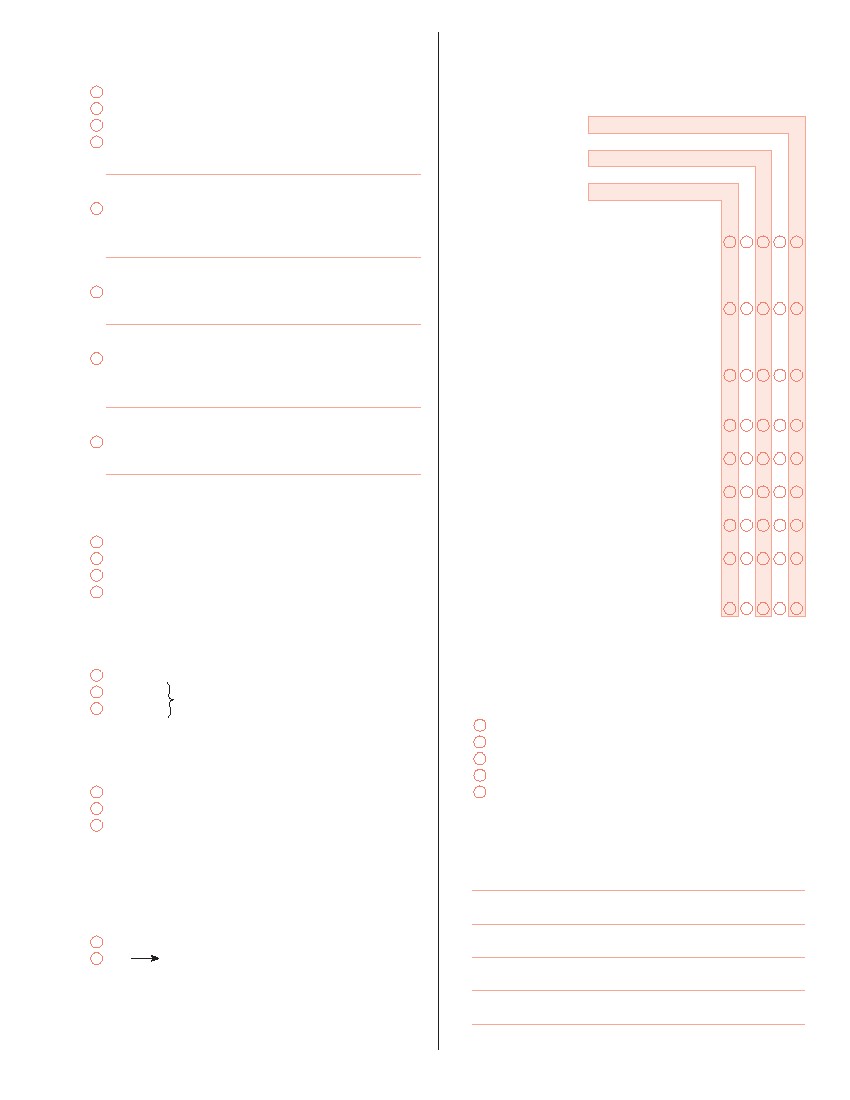 17.
How did you learn or hear about MERITS?
17.
How did you learn or hear about MERITS?
(Mark all that apply.)
Word of mouth (e.g., from a colleague or coworker)
Participated in MERITS demonstration
NIOSH website
Other website (Please specify below):
22. Please rate how useful MERITS was in helping
your mine strengthen emergency preparedness in
the areas listed below.
Have not used MERITS in this area
Not useful at all
Not very useful
Moderately useful
Very useful
Professional conference or meeting
(Please specify below):
A. Knowledge about how to manage a
mine emergency . . . . . . . . . . . . . . . . . . .
B. Coordinating with the Mine Safety
and Health Administration (MSHA)
agencies . . . . . . . . . . . . . . . . . . . . . . . . . .
C. Coordinating with local first
responders (e.g., local fire
department, police, rescue) . . . . . . . . .
D. Dealing with lack of information
about status of victims . . . . . . . . . . . . . .
Print or electronic newsletter (Please specify below):
Journal article or association publication
(Please specify below):
Other source (Please specify below):
E. Housing mine rescue teams . . . . . . . .
F. Obtaining emergency supplies . . . . . .
18. How familiar are you with MERITS?
Very familiar
Moderately familiar
Not very familiar
Not familiar at all
19. Do you or your mine have a copy of the MERITS
software program?
Yes
No
Not sure
G. Informing victims’ families . . . . . . . . . . .
H. Dealing with the news media . . . . . . . .
I. Developing a mine emergency
response plan . . . . . . . . . . . . . . . . . . . . .
23. If an operator at another mine came to you for
advice about emergency preparedness, how likely
would you be to recommend MERITS as a
resource?
Very likely
Moderately likely
Not very likely
Not likely at all
Does not apply; not familiar with it
24. How could NIOSH improve the industry’s awareness
and use of MERITS as a resource?
If no or not sure, skip to question 23
20. Did you have any difficulty downloading MERITS
from the NIOSH website?
Yes
No
Does not apply, I was not the one who
downloaded MERITS
21. Have you used the MERITS software or
participated in the MERITS simulated mine
emergency exercise?
Yes
No
If no, skip to question 23
-4-
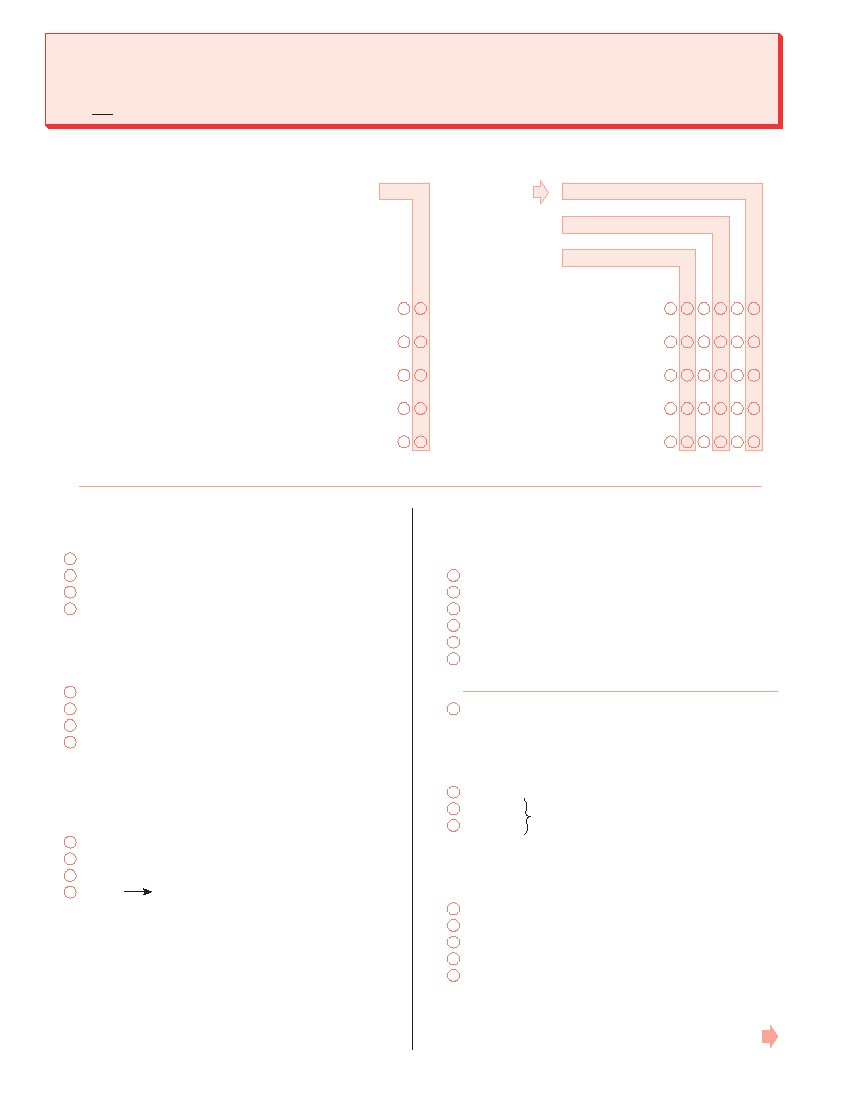 Reducing
Rock Fall Injuries
Reducing
Rock Fall Injuries
This section deals with the methods used to prevent rock fall injuries. For this survey, “rock falls” refer to pieces of
rock falling from between the primary roof supports (roof bolts) or around the automated temporary roof support,
and not major roof collapses.
25. Does your mine employ any of the following “surface control” or “skin control” techniques to prevent rock
falls? If no, please indicate why not.
No
Yes
If no, why not?
Does not apply to this mine
Better method available
Too difficult to use
Too time consuming
Too costly
Not familiar with it
A. Wire mesh or roof screen . . . . . . . . . . . . . . . . . . . . . . . .
B. Straps . . . . . . . . . . . . . . . . . . . . . . . . . . . . . . . . . . . . . . . . .
C. Large plates . . . . . . . . . . . . . . . . . . . . . . . . . . . . . . . . . . . .
D. Personal Bolter Screens (PBS). . . . . . . . . . . . . . . . . . .
E. Other technique (Please specify below): . . . . . . . . . .
...................................
...................................
...................................
...................................
...................................
26. Overall, how familiar are you with the range of
surface control techniques listed above?
Very familiar
Moderately familiar
Not very familiar
Not familiar at all
27. How familiar are you with the Preventative
Roof/Rib Outreach Program (PROP)?
Very familiar
Moderately familiar
Not very familiar
Not familiar at all
28. In the past 2 years, how frequently have you used
the Internet to learn about specific tools or
strategies to prevent rock fall injuries?
Often
Occasionally
Rarely
If never, skip to question 30Never
29. From which of the following websites have you
found useful information on preventing rock fall
injuries? (Mark all that apply.)
Mine Safety and Health (MSHA) website
NIOSH Mining Program website
Regional or National Mining Association website
Equipment manufacturer’s website
United Mine Workers website
Other website (Please specify below):
None
30. Do you or your mine have a copy of the NIOSH
video/DVD Make it Safer with Roof Screen?
Yes
No
Not sure
If no or not sure, skip to question 32
31. How useful was the video/DVD in helping your
mine address rock fall injuries?
Very useful
Moderately useful
Not very useful
Not useful at all
Don’t know, I have not seen the video/DVD
Please continue on the next page.
-5-
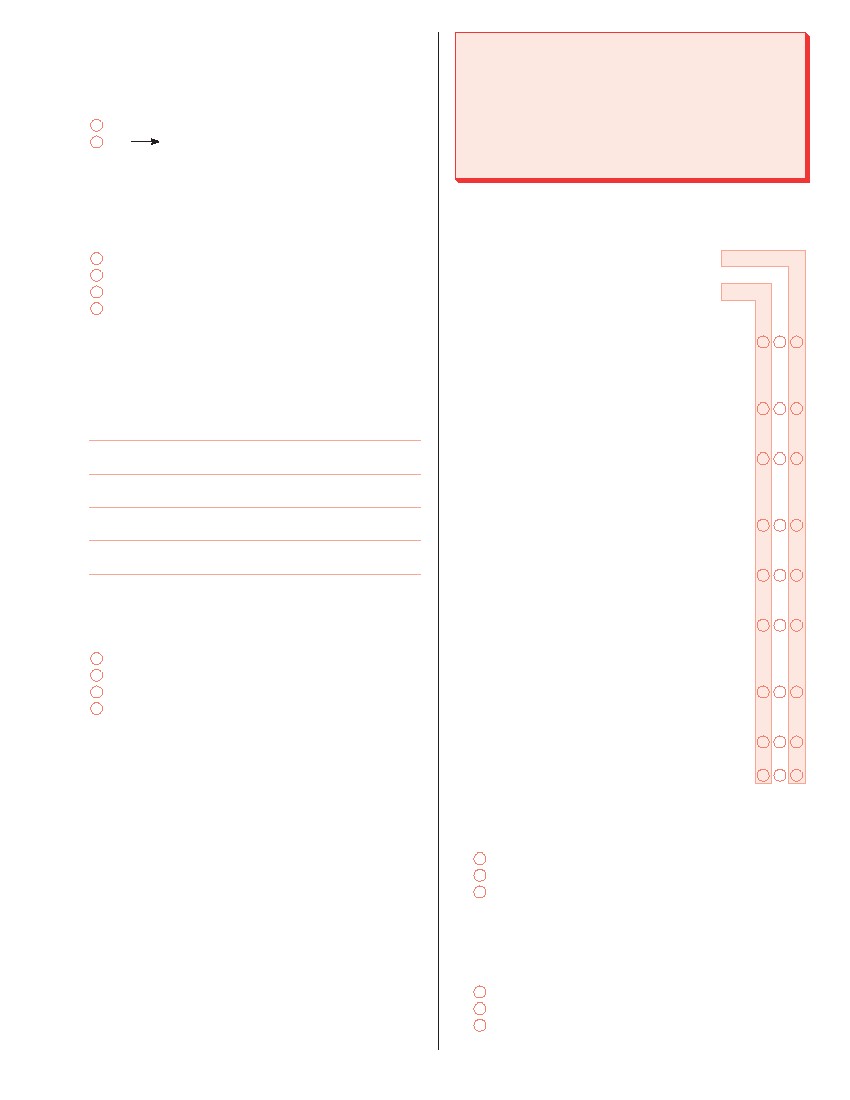 32.
In the past 2 years, have you consulted any NIOSH
32.
In the past 2 years, have you consulted any NIOSH
publications about ground control (e.g., Best
Practices to Mitigate Injuries and Fatalities from
Rock Falls) or seen any related NIOSH presentations?
Yes
No
Mine Fire Preparedness and Response Checklist
This section deals with fire preparedness issues and
the Mine Fire Preparedness and Response Checklist
(the Checklist) developed in 2000 by NIOSH. The
Checklist is a data collection instrument used to profile
the fire prevention and response capabilities of an
underground coal mine site.
If no, skip to question 34
33. Of the NIOSH publications or presentations that
you have read/seen, how useful have they been in
helping your mine address rock fall injuries?
Very useful
Moderately useful
Not very useful
Not useful at all
36. Please rate your mine’s level of expertise in the
following areas of fire prevention and
preparedness.
Low
Medium
High
A. Awareness of the risk factors that can
lead to mine fires . . . . . . . . . . . . . . . . . . . . . . .
34. If you have not read or seen any NIOSH products
or publications on preventing rock fall injuries,
why not?
B. Awareness of the factors (e.g., training,
equipment) that determine the mine’s
level of fire preparedness . . . . . . . . . . . . . . . .
C. Meeting requirements specified by
30 CFR (part 50) . . . . . . . . . . . . . . . . . . . . . . . .
D. Operating/maintaining fire detection and
suppression systems (e.g., sensors,
alarms, fire extinguishers) . . . . . . . . . . . . . . .
E. Storage and handling of combustible
materials . . . . . . . . . . . . . . . . . . . . . . . . . . . . . . .
35. How much of a problem have rock fall injuries been
for your mine in the last 2 years?
Serious problem
Moderate problem
Slight problem
Not a problem at all
F. Training of first responders (e.g., fire
brigades, rescue personnel). . . . . . . . . . . . . .
G. Assessing/inspecting the mine’s water
systems (e.g., water lines, storage,
hydrants, water pressure, hoses, nozzles) .
H. Operating/maintaining Self-Contained
Self Rescuers (SCSRs) . . . . . . . . . . . . . . . . . .
I. Preparing an emergency response plan . . .
37. Overall, how would you rate the level of expertise
in fire prevention and response at your mine?
High
Medium
Low
38. In the past 5 years, have you or your mine reported
any fires lasting more than 30 minutes, or in which
anyone was injured?
Yes
No
Don’t know
-6-
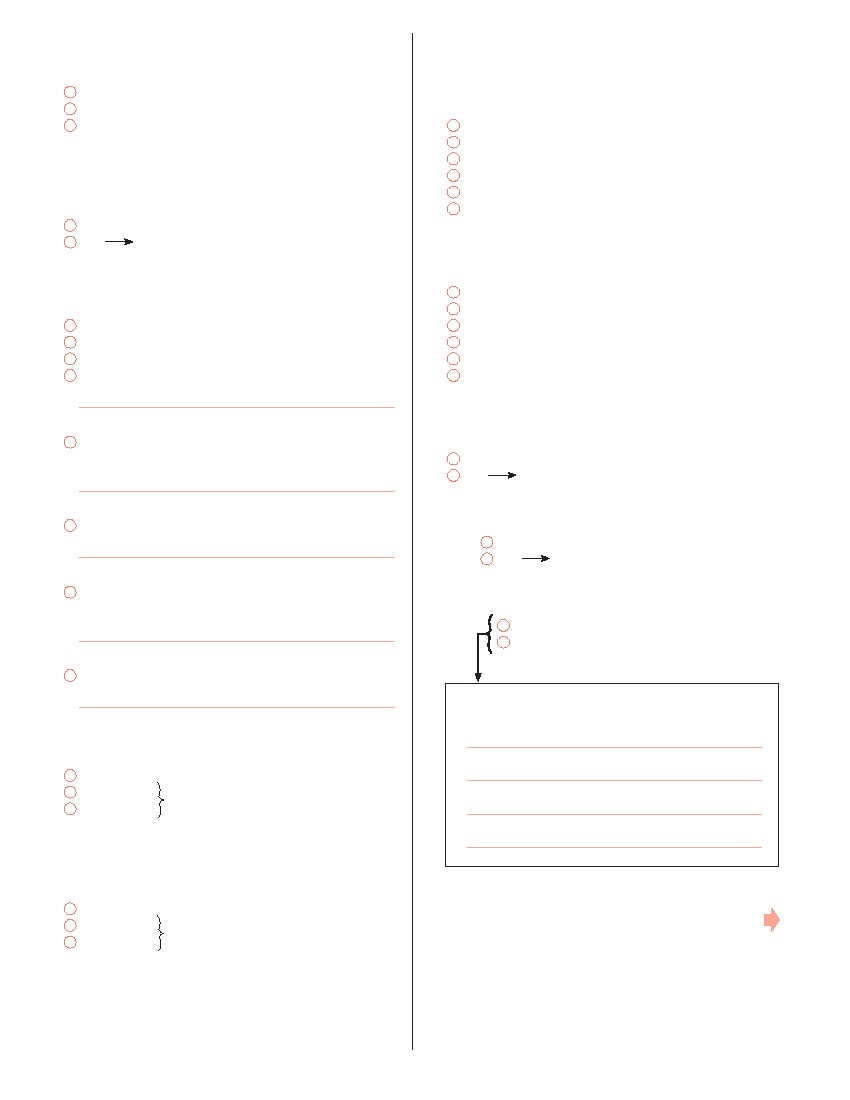 39.
In the past 5 years, have you or your mine
39.
In the past 5 years, have you or your mine
experienced any less serious fires?
Yes
No
Don’t know
40. Prior to this survey, have you heard of the Mine
Fire Preparedness and Response Checklist (the
Checklist)?
Yes
No
44. Of the 16 sections on the Checklist (e.g., Water
System, Hoses and Nozzles, Fire Detection and
Suppression Systems), approximately how many
did your mine complete?
All sections (i.e., the entire Checklist)
More than half the sections, but not all
About half of the sections
Less than half of the sections, but more than 1 or 2
1 or 2 sections
Don’t know
45. Overall, how many days were spent completing
the Checklist at your mine?
4 days or more
3 days
2 days
1 day
Less than 1 day
Don’t know
46. After using the Checklist, did you or your mine
submit the results to NIOSH?
Yes
No
If no, skip to question 49
41. How did you learn or hear about the Checklist?
(Mark all that apply.)
Word of mouth (e.g., from a colleague or coworker)
Received in the mail
NIOSH website
Other website (Please specify below):
Professional conference or meeting
(Please specify below):
If no, skip to question 47
Print or electronic newsletter (Please specify below):
46a. Did you receive a response from NIOSH?
Yes
No
If no, skip to question 47
Journal article or association publication
(Please specify below):
46b. Was the response helpful?
Yes
No
Other source (Please specify below):
46c. Please specify why or why not:
42. Do you or your mine have a copy of the Checklist?
Yes
No
Don’t know
If no or don’t know, skip to question 49
43. Have you or your mine used the Checklist to
assess your mine’s fire prevention and response
capabilities?
Yes
No
Don’t know
Please continue on the next page.
If no or don’t know, skip to question 49
-7-
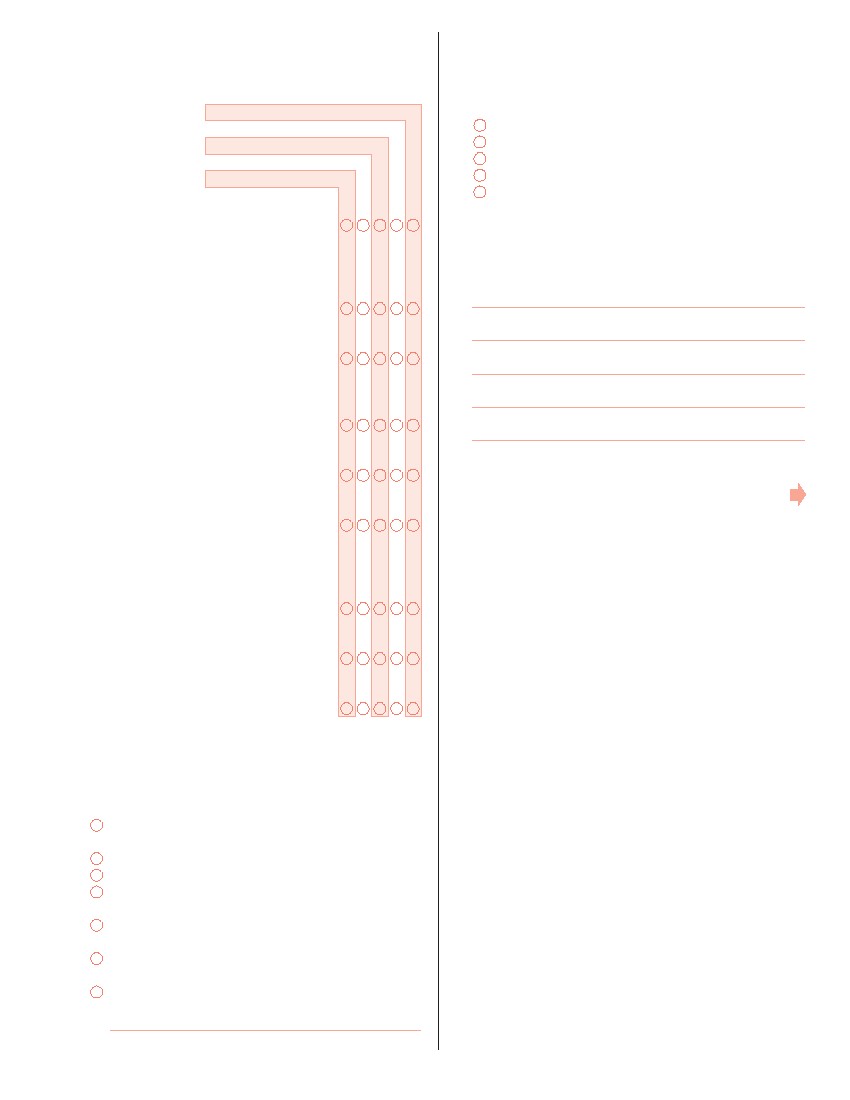 47.
Please rate how useful the Checklist
was
in
47.
Please rate how useful the Checklist
was
in
helping your mine strengthen fire prevention
and/or fire preparedness in the areas listed below.
Have not used Checklist in this area
Not useful at all
Not very useful
Moderately useful
Very useful
49. If an operator at another mine came to you for
advice concerning mine fire prevention and
response, how likely would you be to recommend
the Checklist as a resource?
Very likely
Moderately likely
Not very likely
Not likely at all
Does not apply; not familiar with it
A. Awareness of the risk factors that
can lead to mine fires . . . . . . . . . . . . . .
B. Awareness of the factors
(e.g., training, equipment) that
determine the mine’s level of fire
preparedness . . . . . . . . . . . . . . . . . . . . . .
C. Meeting requirements specified by
30 CFR (part 50) . . . . . . . . . . . . . . . . . . .
D. Operating/maintaining fire detection
and suppression systems (e.g.,
sensors, alarms, fire extinguishers) . .
E. Storage and handling of
combustible materials . . . . . . . . . . . . . .
50. How could NIOSH improve the industry’s awareness
and use of the Checklist as a resource?
Please continue on the next page.
F. Training of first responders (e.g., fire
brigades, rescue personnel) . . . . . . . .
G. Assessing/inspecting the mine’s
water systems (e.g., water lines,
storage, hydrants, water pressure,
hoses, nozzles) . . . . . . . . . . . . . . . . . . . .
H. Operating/maintaining Self-
Contained Self Rescuers (SCSRs) . .
I. Preparing an emergency response
plan . . . . . . . . . . . . . . . . . . . . . . . . . . . . . .
48. Which, if any, of the following changes in fire
prevention and response has your mine made as
a result of using the Checklist? (Mark all that apply.)
Improved the training of mine employees to respond
to fires
Purchased new fire control equipment
Organized/conducted fire drills
Made arrangements to use a rescue team from
another mine
Changed the way that combustible materials are
handled and/or stored
Created or updated the mine’s fire emergency
response plan
Other (please specify below):
-8-
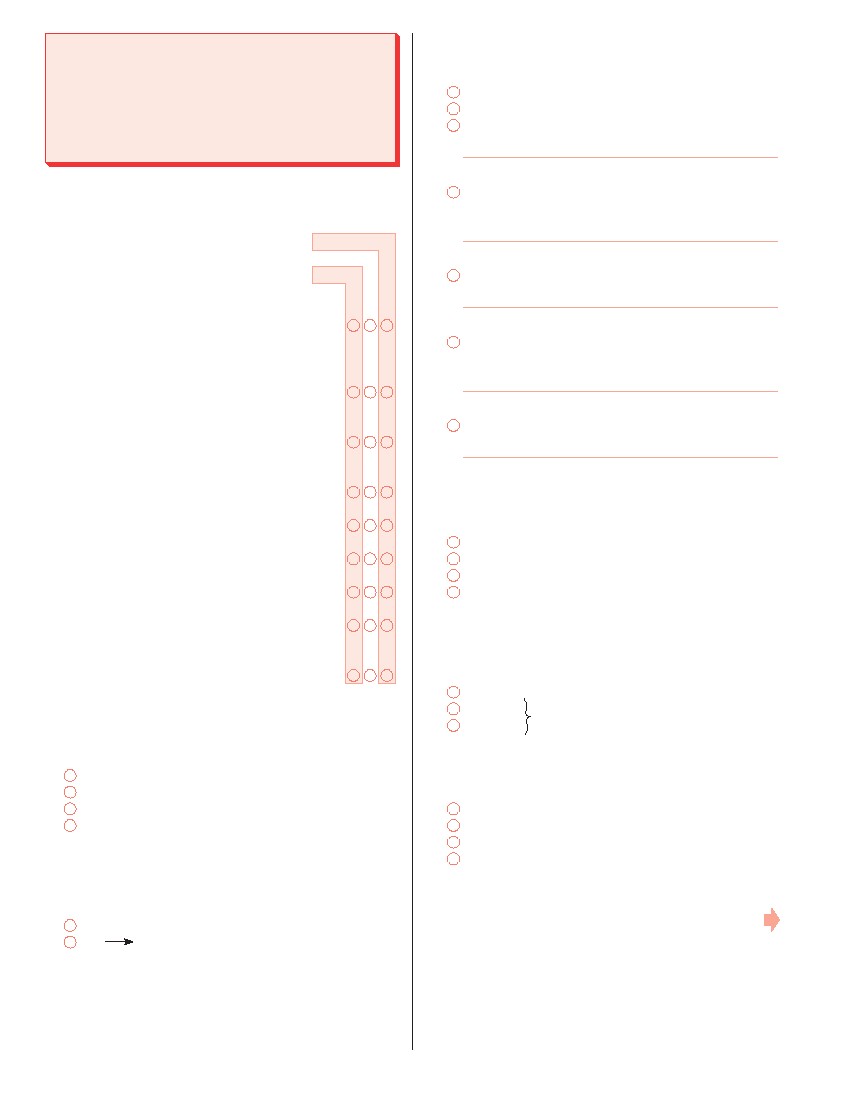 Lake
Lynn Laboratory
Lake
Lynn Laboratory
Emergency Simulation and Training
This section deals with mine emergency simulations
and training, including research-focused simulations
held for mine rescue teams at NIOSH’s Lake Lynn
Laboratory (Lake Lynn).
54. How did you learn or hear about the simulations
held at Lake Lynn? (Mark all that apply.)
Word of mouth (e.g., from a colleague or coworker)
NIOSH website
Other website (Please specify below):
51. Please rate your mine’s level of expertise in the
following areas of disaster/emergency response.
Low
Medium
High
Professional conference or meeting
(Please specify below):
Print or electronic newsletter (Please specify below):
A. Overall preparedness of mine
rescue teams to respond to a
disaster/emergency . . . . . . . . . . . . . . . . . . . . .
B. Using new technology during mine
rescues (e.g., laser pointers, lightsticks,
reflective team lifelines) . . . . . . . . . . . . . . . . . .
C. Communication between rescue teams
and fresh air base . . . . . . . . . . . . . . . . . . . . . . .
D. Identifying and communicating with other
team members . . . . . . . . . . . . . . . . . . . . . . . . .
E. Using self-contained breathing apparatus . .
F. Marking locations . . . . . . . . . . . . . . . . . . . . . . .
G. Locating trapped miners . . . . . . . . . . . . . . . . .
H. Finding and extinguishing fires . . . . . . . . . . .
I. Building confidence among the rescue
team(s) . . . . . . . . . . . . . . . . . . . . . . . . . . . . . . . .
52. Overall, how well prepared is your mine to
effectively respond to an underground mine
emergency?
Well prepared
Moderately prepared
Not well prepared
Not prepared at all
53. Prior to this survey, have you heard about the
mine emergency simulations and exercises held at
Lake Lynn?
Yes
No
Journal article or association publication
(Please specify below):
Other source (Please specify below):
55. How familiar are you with the mine emergency
simulations held at Lake Lynn?
Very familiar
Moderately familiar
Not very familiar
Not familiar at all
56. Have you or any rescue staff/teams from your mine
participated in the emergency simulations held at
Lake Lynn?
Yes
No
Not sure
If no or not sure, skip to question 60
57. Overall, how would you rate the realism of the mine
disaster simulation you experienced at Lake Lynn?
Very realistic
Moderately realistic
Not very realistic
Not realistic at all
Please continue on the next page.
If no, skip to question 60
-9-
 58.
Please rate how useful the Lake
Lynn simulation
58.
Please rate how useful the Lake
Lynn simulation
and training activities were in helping your mine’s
emergency preparedness in each area.
Have not used Lake Lynn training in this area
Not useful at all
Not very useful
Moderately useful
Very useful
60. If an operator at another mine came to you for
advice, how likely would you be to recommend
Lake Lynn as a resource?
Very likely
Moderately likely
Not very likely
Not likely at all
Does not apply; not familiar with it
A. Overall preparedness of mine
rescue teams to respond to a
disaster/emergency . . . . . . . . . . . . . . . .
B. Using new technology during mine
rescues (e.g., laser pointers,
lightsticks, reflective team lifelines) . . .
C. Communication between rescue
teams and fresh air base . . . . . . . . . . . .
D. Identifying and communicating with
other team members . . . . . . . . . . . . . . .
E. Using self-contained breathing
apparatus . . . . . . . . . . . . . . . . . . . . . . . . .
F. Marking locations . . . . . . . . . . . . . . . . . .
G. Locating trapped miners . . . . . . . . . . . .
H. Finding and extinguishing fires . . . . . .
I. Building confidence among the
rescue team(s) . . . . . . . . . . . . . . . . . . . .
61. How could NIOSH improve the industry’s awareness
and use of the Lake Lynn as a resource?
Please continue on the next page.
59. Which, if any, of the following changes related to
mine emergency rescue and response has your
mine made as a result of participation in Lake
Lynn simulation and training? (Mark all that apply.)
Improved the training and skills of mine rescue
team(s)
Purchased new equipment for use in a mine
emergency
Organized/conducted emergency drills at our
own mine
Scheduled additional staff to participate in Lake Lynn
simulations
Made arrangements to use a rescue team from
another mine
Reassessed the capabilities of mine employees who
currently staff the rescue team(s)
Created or updated the mine’s emergency response
plan
Other (please specify below):
- 10 -
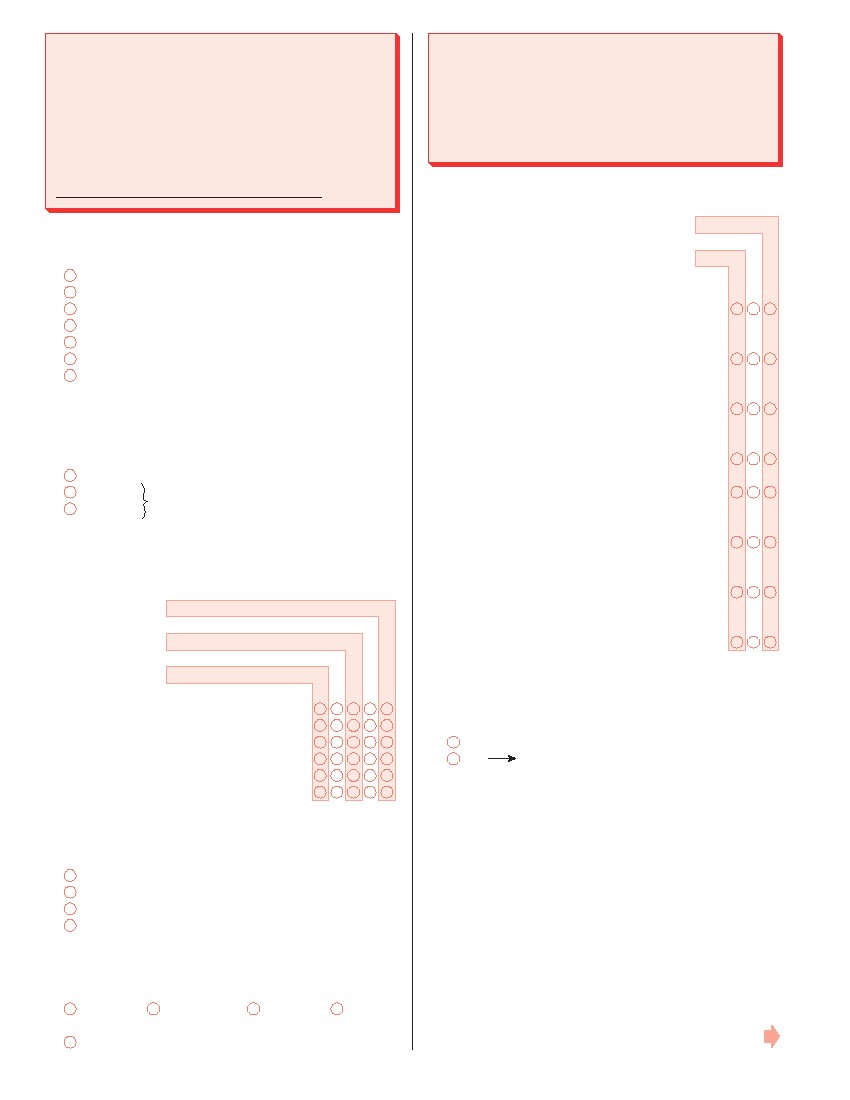 Training
for Inspection, Care and Use of
Training
for Inspection, Care and Use of
Self-Contained Self-Rescuers (SCSRs)
The questions in this section deal with a training
program developed by MSHA and NIOSH to address
inspection, care, and use of SCSRs. The training
program is available as a computer based on-line
course or on a CD, as well as in DVD or video format.
(The online training can be accessed here:
http://www.msha.gov/interactivetraining.htm)
62. Which Self-Contained Self-Rescuer (SCSR) is used
at your mine?
CSE SR-100
Draeger OXY K
Draeger OXY K Plus S
OCENCO EBA 6.5
OCENCO M-20
MSA Life Saver 60
Unknown
63. Prior to this survey, have you heard of the Self-
Contained Self-Rescuer Inspection, Maintenance,
and Use Training?
Yes
No
Not sure
Support Technology Optimization Program (STOP)
This section deals with roof support issues and with
STOP, a software program developed by NIOSH to
assist in making engineering decisions about the
selection and placement of various standing roof
support technologies.
67. Please rate your mine’s level of expertise with the
following aspects of roof support.
Low
Medium
High
A. Making decisions about the placement
and types of standing roof supports . . . . . . .
B. Making decisions about the use of
intrinsic support (cable bolts) . . . . . . . . . . . . .
C. Determining installation requirements for
particular roof support technologies . . . . . . .
D. Improving safety by matching support
performance to mine conditions . . . . . . . . . .
E. Avoiding inadequate support designs . . . . .
F. Comparing costs of various roof support
technologies . . . . . . . . . . . . . . . . . . . . . . . . . . . .
G. Determining spacing requirements for
roof supports . . . . . . . . . . . . . . . . . . . . . . . . . . .
H. Petitioning MSHA for approval to use an
alternative support technology . . . . . . . . . . .
If no or not sure, skip to question 67
64. Please rate how useful the Self-Contained Self-
Rescuer Inspection, Maintenance, and Use Training
was in helping you understand each area.
Have not used the SCSR Training Course
Not Useful At All
Not Very Useful
Moderately Useful
Very Useful
A.
B.
C.
D.
E.
F.
SCSR Daily Inspection requirements .
SCSR 90 day Inspection requirements .
SCSR cleaning and caring requirements .
Putting on the SCSR . . . . . . . . . . . . . . .
Expectations when wearing an SCSR .
SCSR switchover procedures . . . . . . .
68. Have you heard about the STOP software program
prior to this survey?
Yes
No
If no, skip to question 75
65. Which Inspection, Maintenance, and Use Training
format have you used (Mark all that apply)?
DVD or Video
Computer-based training (CD)
Computer-based training (on-line)
None of the above
66. I used the MSHA/NIOSH SCSR Inspection,
Maintenance, and Use Training within the past:
3 months
6 months
1 year
2 years
Not applicable, I have not used the training course.
- 11 -
Please continue on the next page.
 69.
How did you learn or hear about STOP?
69.
How did you learn or hear about STOP?
(Mark all that apply.)
Word of mouth (e.g., from a colleague or coworker)
NIOSH website
Other website (Please specify below):
74. Please rate how useful STOP was in helping your
mine in each of the following areas.
Have not used STOP training in this area
Not useful at all
Not very useful
Moderately useful
Very useful
Professional conference or meeting
(Please specify below):
A. Making decisions about the
placement and types of standing
roof supports . . . . . . . . . . . . . . . . . . . . . .
B. Making decisions about the use of
intrinsic support (cable bolts) . . . . . . . .
C. Determining installation
requirements for particular roof
support technologies . . . . . . . . . . . . . . .
D. Improving safety by matching
support performance to mine
conditions . . . . . . . . . . . . . . . . . . . . . . . . .
E. Avoiding inadequate support
designs . . . . . . . . . . . . . . . . . . . . . . . . . . .
Print or electronic newsletter (Please specify below):
Journal article or association publication
(Please specify below):
Other source (Please specify below):
70. How familiar are you with STOP?
Very familiar
Moderately familiar
Not very familiar
Not familiar at all
F. Comparing costs of various roof
support technologies . . . . . . . . . . . . . . .
G. Determining spacing requirements
for roof supports . . . . . . . . . . . . . . . . . . .
H. Petitioning MSHA for approval
to use an alternative support
technology . . . . . . . . . . . . . . . . . . . . . . . .
71. Do you or your mine have a copy of the STOP
software?
Yes
No
Not sure
If no or not sure, skip to question 75
75. If an operator at another mine came to you for
professional advice about secondary roof
supports, how likey would you be to recommend
STOP as a training resource?
Very likely
Moderately likely
Not very likely
Not likely at all
Does not apply; not familiar with it
72. Have you or your mine used STOP as a tool to aid
decisions about roof supports?
Yes
No
Not sure
If no or not sure, skip to question 75
73. How would you rate the ease of use of the STOP
software?
Very user-friendly
Moderately user-friendly
Not very user-friendly
Not user-friendly at all
76. How could NIOSH improve the industry’s awareness
and use of STOP as a resource?
- 12 -
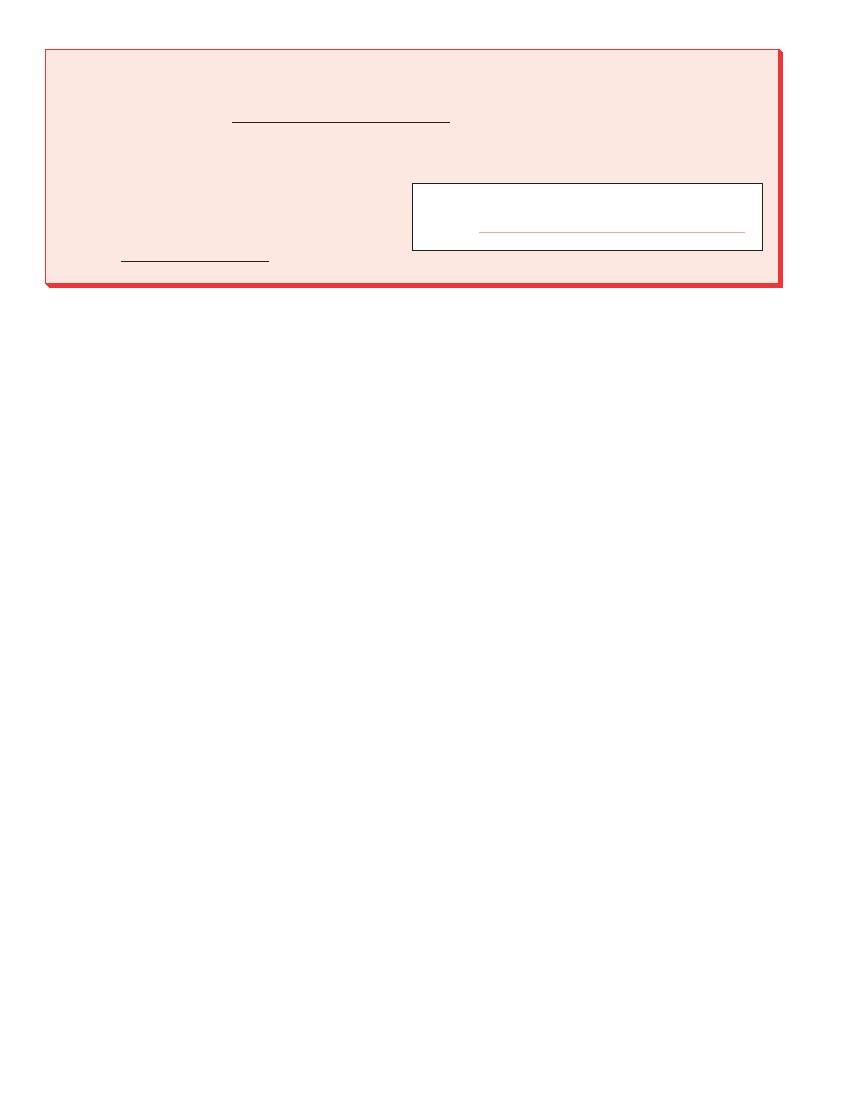 THANK
YOU FOR YOUR PARTICIPATION!
THANK
YOU FOR YOUR PARTICIPATION!
For more information about the NIOSH publications or products discussed in this survey, please visit the
NIOSH Mining website at http://www.cdc.gov/niosh/mining or call 1-800-35-NIOSH (1-800-356-4674).
For further information about the survey itself, or how the data will be used, please contact:
Linda J. McWilliams
Project Director
National Institute for Occupational Safety and Health
Pittsburgh Research Laboratory
Phone (412) 386-6116
E-mail: [email protected]
Mine ID
- 13 -
- 14 -
24531-PFI-54321
| File Type | application/msword |
| Author | ziy6 |
| Last Modified By | ziy6 |
| File Modified | 2010-03-26 |
| File Created | 2010-03-26 |
© 2026 OMB.report | Privacy Policy